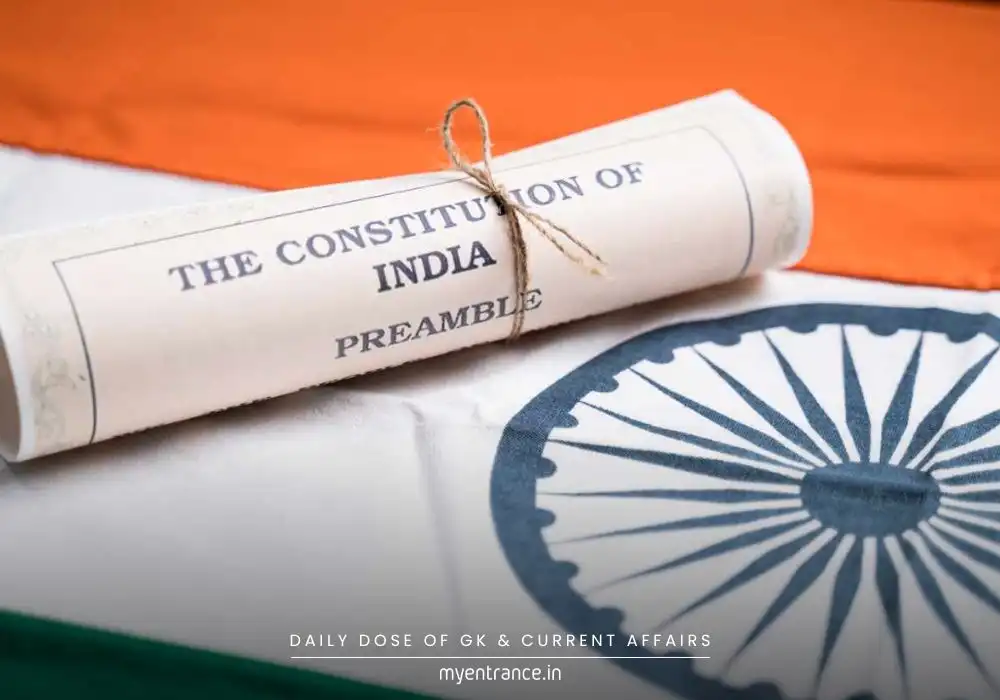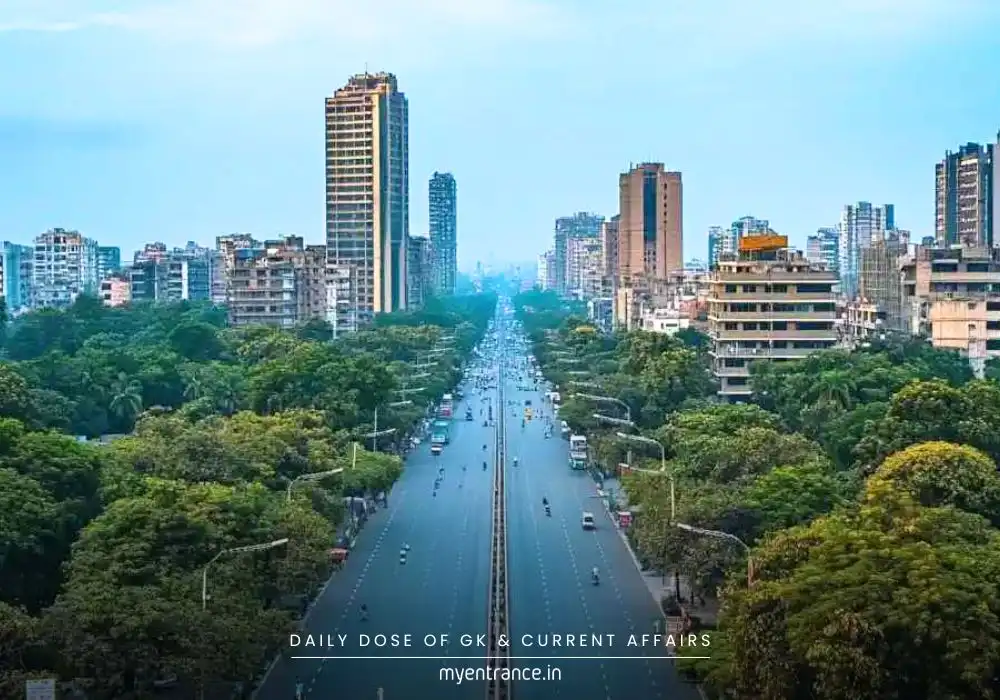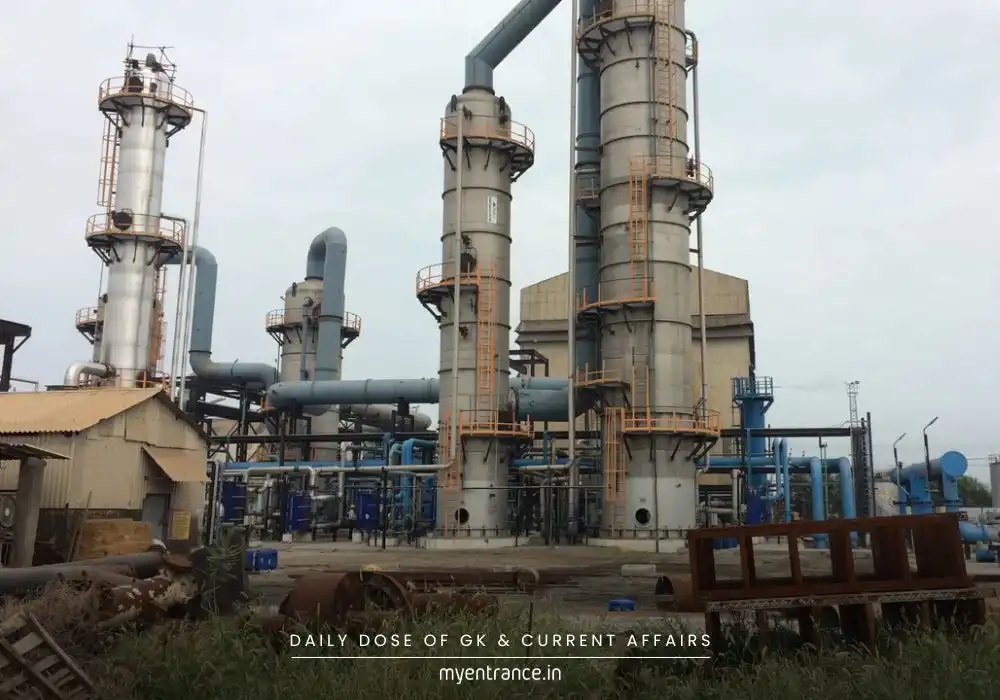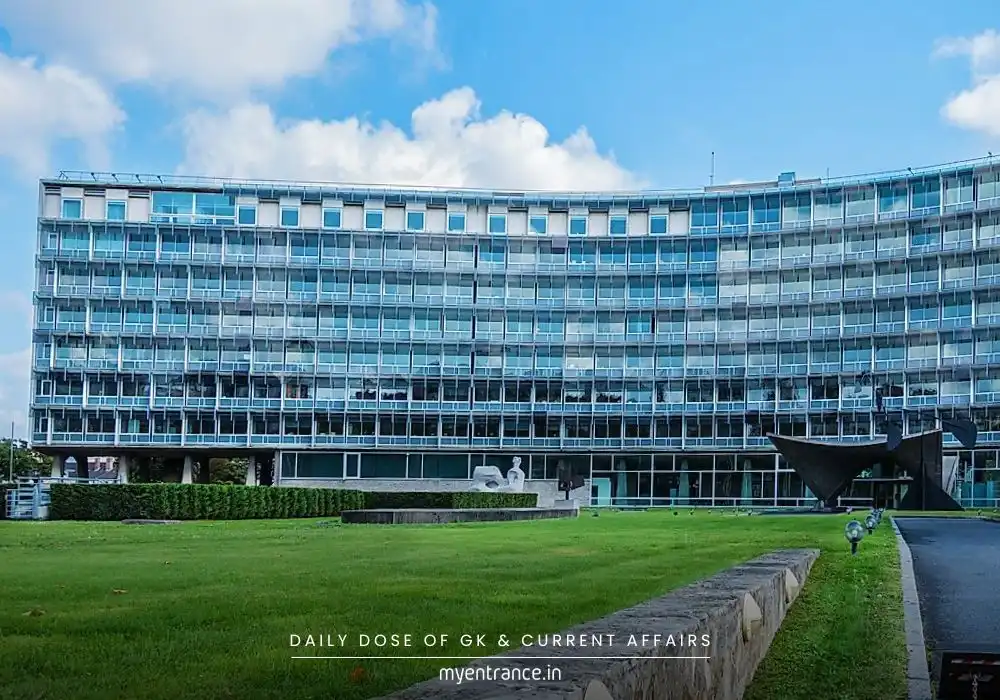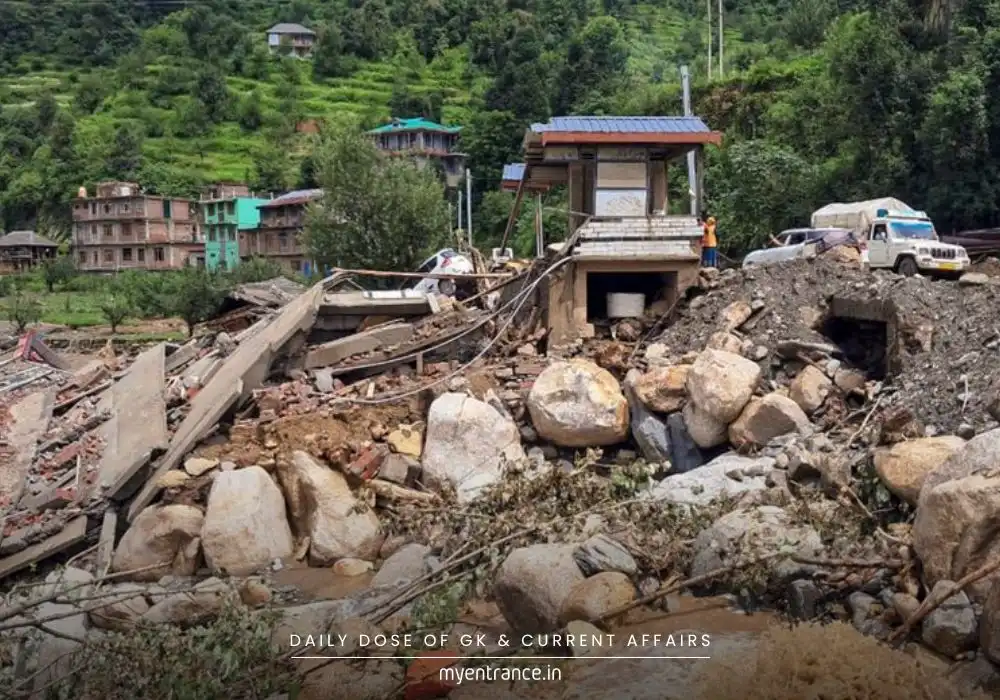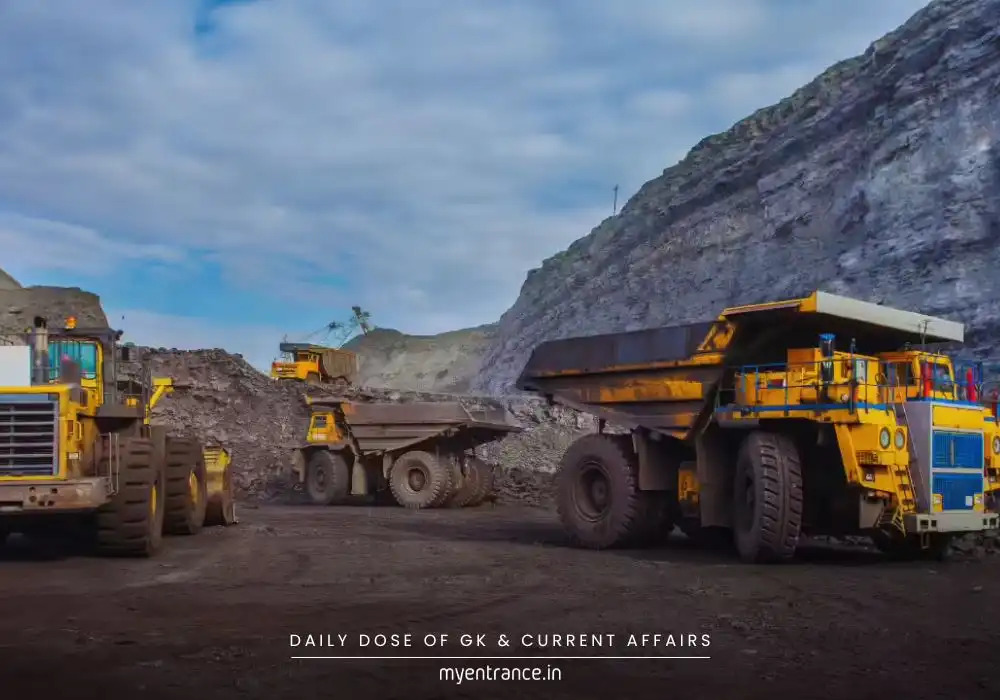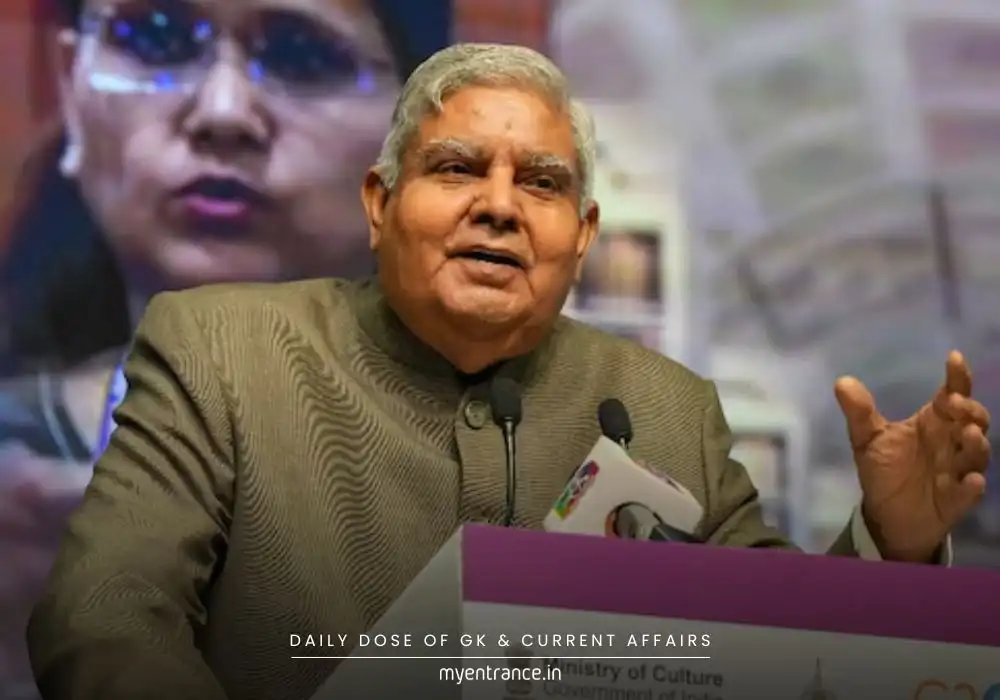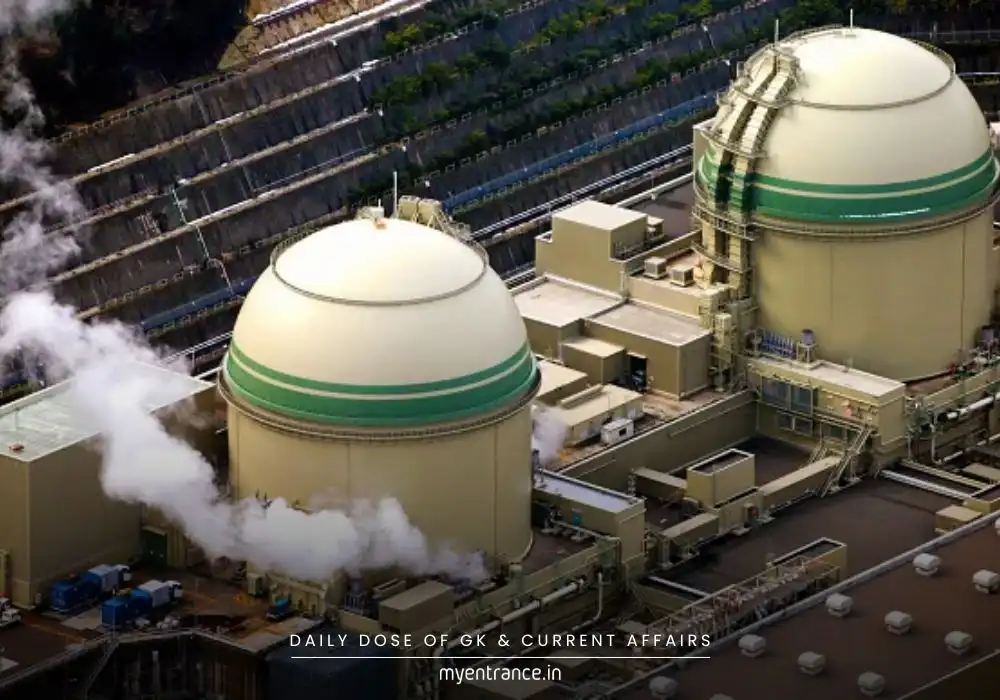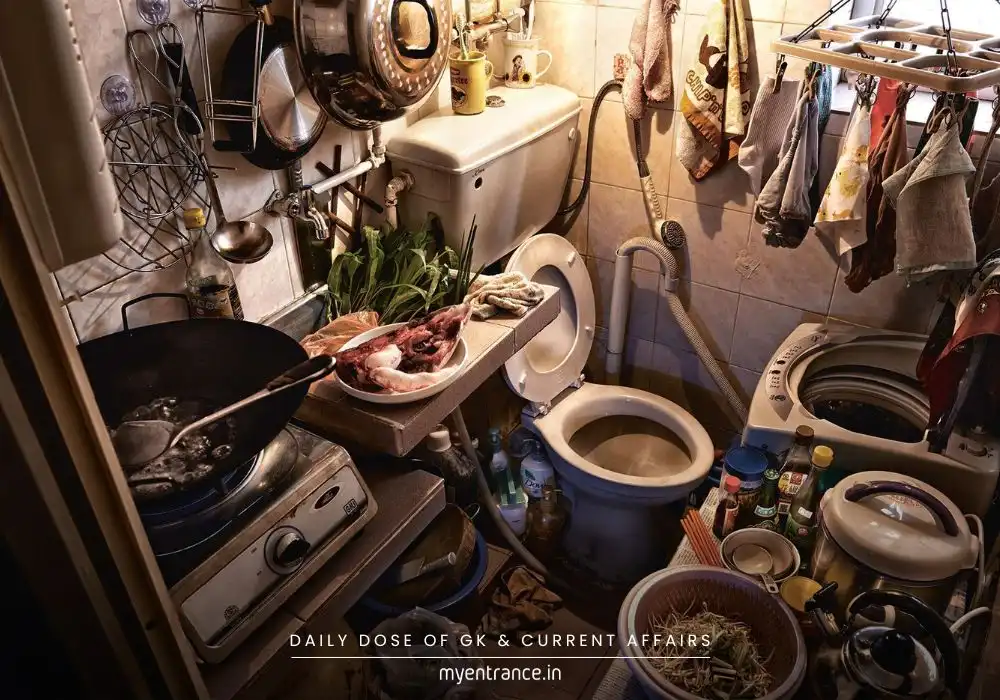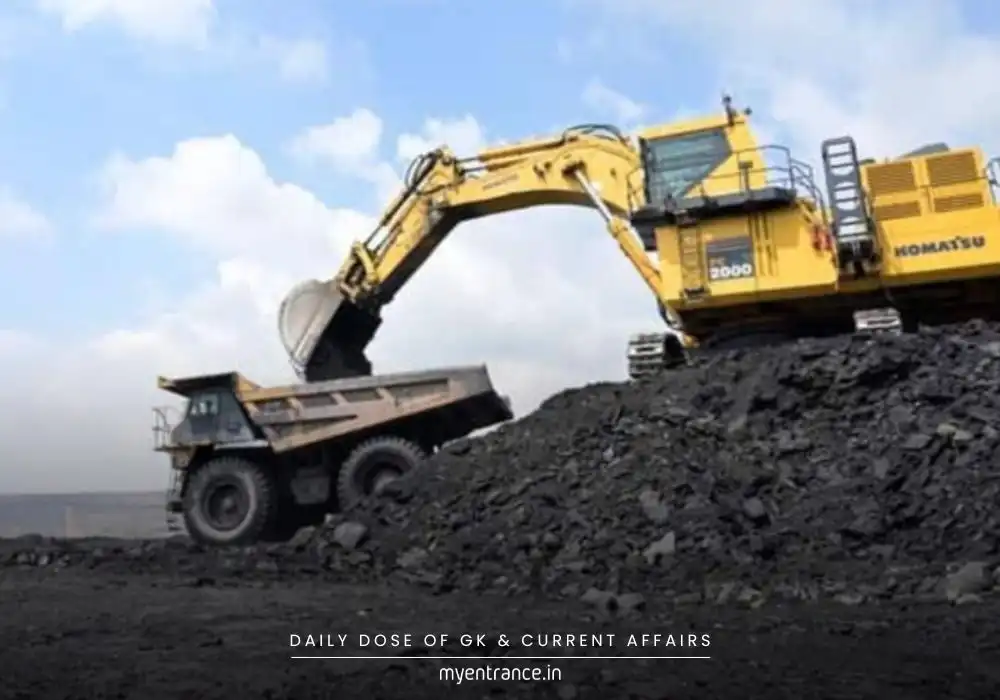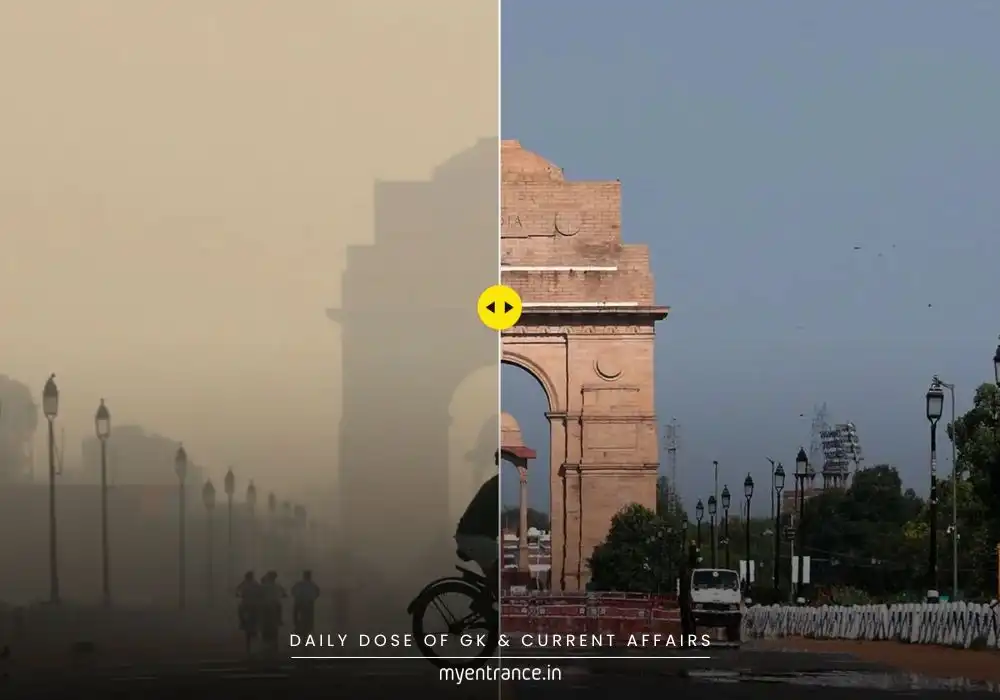Translate Language
India-UK Free Trade Agreement Signed: What Sectors Win & What Does it Mean
In a significant move timed with Prime Minister Narendra Modi’s visit to the UK, the Union Cabinet has formally cleared the long-awaited India-UK Free Trade Agreement (FTA). The deal text is expected imminently, with the official signing ceremony slated for London soon. This marks India’s first major trade pact with a Western nation since exiting RCEP negotiations in 2019.
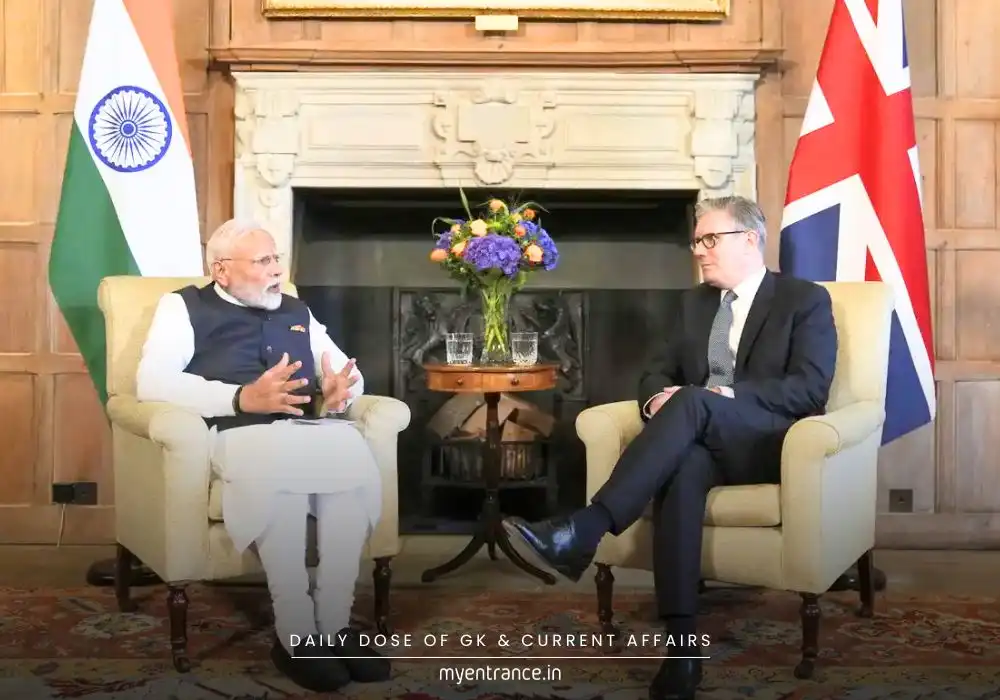
Get ready to see this headline pop up in your exam syllabi! Just before Prime Minister Narendra Modi headed to London this week, the Indian Cabinet gave its crucial green light to the India-United Kingdom Free Trade Agreement (FTA). This sets the stage for PM Modi and UK Prime Minister Keir Starmer to formally ink the deal during the visit.
While the broad agreement was announced back in May, the final legal fine-tuning (“scrubbing”) took a few extra weeks. The official signing is expected around June 24th. However, remember, the deal only becomes fully operational after it also gets the nod from the British Parliament – an important step still to come.
This agreement finally crossed the finish line after years of political ups and downs in the UK, which saw three different Prime Ministers in quick succession. The decisive election win for Keir Starmer’s Labour Party provided the stable footing needed to get it over the line.
Why is this a big deal for India?
Western Watershed Moment: This is India’s first major trade deal with a Western country since it famously walked away from the China-dominated RCEP talks in 2019. It signals a strategic shift and a new chapter in India’s global trade engagement.
Boosting Key Sectors: Indian industries like textiles and leather goods are poised for a major boost, gaining much easier access to the lucrative UK market. But keep an eye out for the final text regarding the UK’s upcoming Carbon Border Adjustment Mechanism (CBAM), which could pose challenges for Indian metal exports.
Services Synergy: A core aspect of this FTA is connecting India’s dynamic services sector (think IT, finance, professionals) with the UK’s highly developed one. This integration could create significant opportunities.
Phased Openings: In return, India has agreed to gradually reduce tariffs on high-value British imports, particularly luxury cars and Scotch whisky. This phased approach aims to balance market access with protecting domestic industries.
A Potential Template: Government insiders suggest this comprehensive agreement (covering goods, services, innovation, procurement, and intellectual property) could become a model for India’s other complex trade negotiations, like the one ongoing with the European Union.
Key Stats You Should Note:
Bilateral trade reached $21.34 billion in 2023-24.
India’s exports to the UK grew by 12.6% to $14.5 billion in 2024-25.
The FTA aims for tariff elimination on a massive 99% of UK tariff lines, covering nearly 100% of India’s export value to the UK.
A crucial Social Security Pact (Double Contribution Convention Agreement) was also finalized. This prevents Indian professionals working short-term in the UK from paying social security contributions in both countries, removing a significant financial burden. (Note: Talks on a separate Bilateral Investment Treaty (BIT) are still continuing).
Key Q&As for Exam Prep:
Q: What exactly is a Free Trade Agreement (FTA)?
A: An FTA is a pact between two or more countries to significantly reduce or eliminate tariffs (import taxes) and other trade barriers (like quotas) on most goods and services traded between them. The goal is to boost bilateral trade and economic integration.
Q: How does the India-UK FTA potentially benefit India’s domestic initiatives?
A: It aligns with ‘Make in India’ by providing easier access for Indian manufactured goods (like textiles, leather) to a large, developed market. It supports ‘Atmanirbhar Bharat’ by potentially attracting investment and enhancing the competitiveness of Indian industries through access to technology and partnerships.
Q: What is the significance of the automobile tariff quota mentioned?
A: Reports suggest a quota allowing a certain volume (e.g., 10%) of UK cars to enter India at lower tariffs. This protects the larger domestic auto sector from immediate, overwhelming competition while still offering UK manufacturers some access, balancing market opening with domestic industry concerns.
Q: How does this FTA differ from India’s decision on RCEP?
A: India walked away from RCEP (2023) primarily due to concerns over flooding by Chinese goods and inadequate protection for its domestic industry and farmers. The UK FTA is a carefully negotiated bilateral deal with a developed Western economy, allowing India more control over terms sensitive to its interests, like services and specific goods.
Q: Why is the Social Security Pact (Double Contribution Convention) important?
A: It prevents Indian professionals (like IT workers, nurses, engineers) on short-term assignments in the UK from having to pay social security taxes both in India and the UK. This significantly reduces their costs and makes Indian professionals more competitive in the UK market.
Why is this India-UK FTA Crucial for Your Exams (SSC, PSC, UPSC, KAS, etc.)?
This current affair topic hits multiple exam hotspots:
Prelims (Current Events): The Cabinet approval, signing timing, key features (tariff elimination, social security pact), and basic statistics are direct fodder for objective questions.
Mains (GS Paper II – International Relations):
Bilateral Relations: It’s a major milestone in India-UK ties, reflecting deepening economic engagement.
Global Groupings & Agreements: Analyze the FTA’s strategic importance for India’s foreign trade policy, its contrast with RCEP, and its potential as a model for future deals (e.g., with EU).
Effect on Indian Economy: Discuss potential impacts on specific sectors (Textiles – gain, Autos – phased competition, Services – integration), alignment with ‘Make in India’, and implications of mechanisms like CBAM.
Policy Analysis: Evaluate the balance between market access and protecting domestic interests (e.g., auto tariff quota).
Comprehensive Understanding: Grasping FTAs, their types, benefits, and challenges is fundamental knowledge for any competitive exam testing economics or international relations.
Trend Analysis: This deal exemplifies India’s evolving strategy towards bilateral trade agreements post-RCEP, a key trend in its economic diplomacy.
Get 3 Months Free Access for SSC, PSC, NIFT & NID
Boost your exam prep!
Use offer code WELCOME28 to get 3 months free subscription. Start preparing today!
